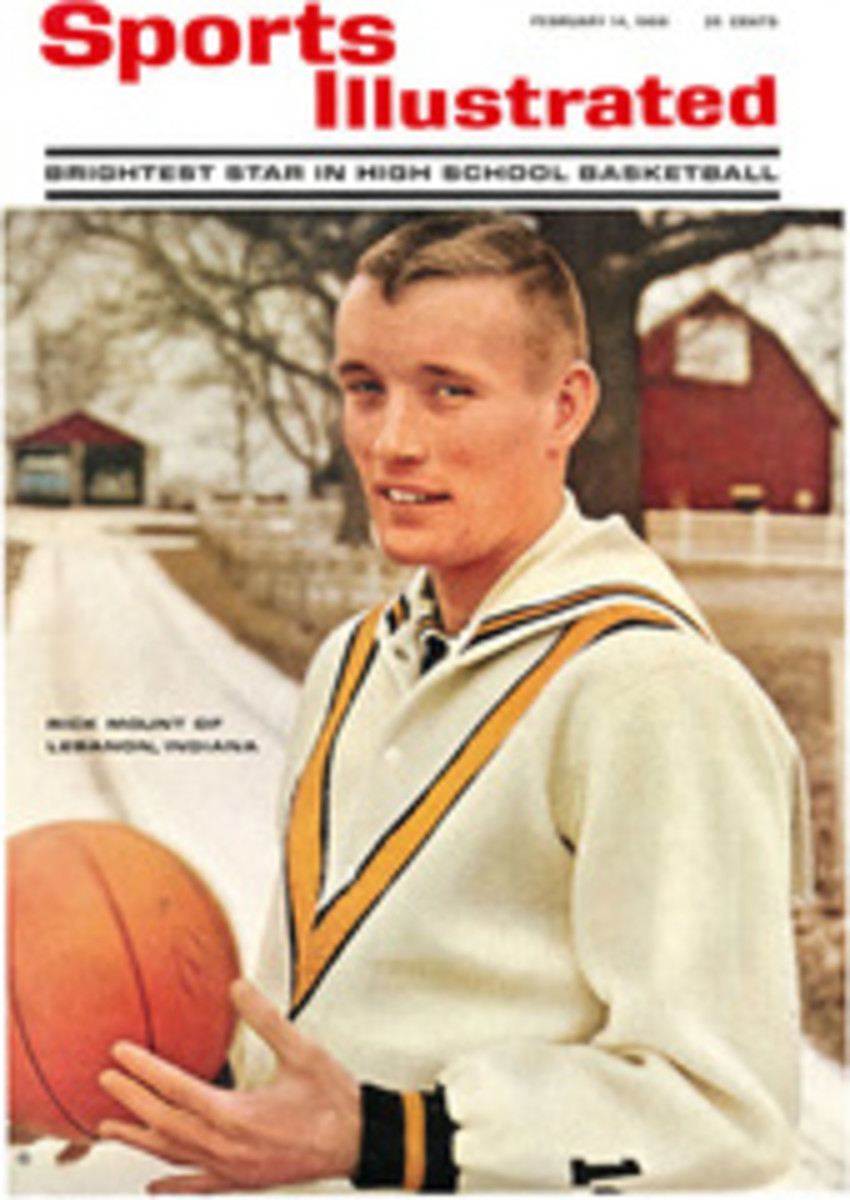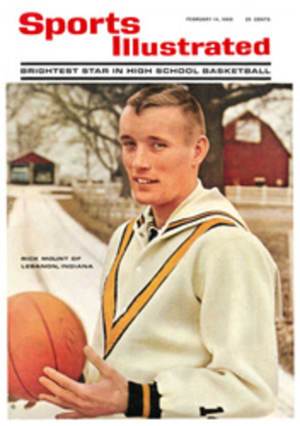
Steamed Up for a Charge into the Past
Your true sports lover has a stock of instant physical associations—sights, sounds and smells—that are evoked the moment you mention his game. "Football," you say to an Englishman, and instantly he is high in the stands on a damp November afternoon. "Racing," you say to the Irishman: Galway, the sea in the air, fiddles in pubs. "Baseball," you say to the American, and all summer explodes in his mind.
To most of us "polo" means lathered horses and long sticks swinging, but to a few thousand Englishmen the word conjures up something very different. Their game is played with 10-to-12-foot homemade mallets and a soccer ball, and the mounts belch clouds of smoke and emit a deep-throated chugga-chugga-chuff. There are but two mounts to a side, and games last half an hour. A player lunges with his mallet—but too late! He must turn his attention to the reversing lever and the steering to avoid something like the little 1914 Burrell opposite, puffing up into the action, for this is steam polo. Turn the pages for more photographs in color of the steam vehicles Britain would not let die and an appreciation of their sturdy role in modern sport.
From an Age of Innocence, a Sport with Size
The British, as is well known, invented steam, and the greatest days of their empire coincided exactly with the steam age. Deep down, they feel that this was really as far as mechanization should have gone. There is something innocent about a steam engine, apart from the fact that nearly everyone has a basic idea of how it works. (And who ever heard of a steam bomber, or a steam gun?) Now that their original, primeval, world-changing railways have gone over, like everyone else's, to diesel and electric traction, the British have suddenly realized that soon there will be no more public steam.
Their answer is private steam. The National Traction Engine Club, founded after World War II, now has more than 1,500 paid-up members, most of whom own steam engines, and their rallies are increasingly popular events. There are at least 2,000 of these magnificent old machines in the country, ranging from steam tractors (up to five tons) to the 20-ton giants that were used for plowing 30 years ago. Older people remember them more as fairground power plants, but showmen are hardly represented at all in the club, which has a heavy majority of steam-loving farmers. At least one still does plow by steam, but he admits it is more for fun than for economic efficiency. The steam revival actually began, however, in an agricultural setting. In 1950 some 400 people gathered at Appleford, near Oxford, to watch a challenge race between two farmers splendidly named Miles Chetwynd-Stapleton and Arthur Napper.
Traction engines only occasionally got into the news in what was thought of as their heyday. In 1893 one of them hauled the world's largest cheese through Glasgow. A few years later another one helped to print the Lincolnshire Chronicle after a plant breakdown, and in 1899 three of them moved a church. But these were isolated incidents. Today every fine weekend brings steam stories and pictures to London papers. The rallies have raised thousands of pounds for charities.
Like many other obsessive hobbies, steam racing divides the year for its followers into two periods, preparation and season. The season begins in May, and a large rally may feature anything up to 80 engines. A lot of traveling is involved, often to quite distant events. The British driving license, issued to anyone who has passed the standard test on an ordinary car, contains an impressive list of groups of vehicles that the holder is allowed to drive on the public roads. Among these are steam vehicles which, by the way, the driver is not allowed to stoke while actually in motion. One must either have another man to do that or pull in at the side of the road.
All this summer traveling and competing do not leave much time for maintenance, and much of the steam man's fun is in the winter preparation. Boilers are descaled, new parts are specially made by the village blacksmith or the kind of small engineering firm that still relishes the once-only, precision, handmade job that was in any craftsman's range when these engines were built.
As yet there are no steam sections in the racing press, but there is official betting at many rallies, where one can see engine fanciers strolling among the polished, throbbing, hissing monsters before a race or polo match and making notes just like their horsy counterparts in the saddling ring.
The site of a steam rally is likely to be a meadow fringed by noble old oak trees. Besides polo the buffs play steam musical chairs, in which the engines waddle around an ever-decreasing number of straw bales; tilting, which involves using a pole to tip a water bucket suspended from an arch; and hooking the bale, in which grappling hooks are cast at straw bales, the idea being to hook them and drag them along. Meetings often end with the "cavalry charge," an awesome frontal advance by all contestants, but flat racing, as such, is discouraged.
Quite a sight, too, is the parsons' race, which is a feature of some annual rallies, including one in Essex. Several Anglican churchmen are loving authorities on steam. Maybe that great 18th-century English figure, the sporting parson, is with us still. Instead of riding to hounds and downing his nightly bottle of port, he earnestly studies the water and pressure gauges, shovels the coal and oils the great shining pistons of his traction engine. There is, after all, something indisputably cheerful about a steam engine, and Kipling made his Scottish engineer McAndrew, watching his ship's machinery, say:
Now, a' together, hear them lift their lesson—theirs an' mine:
"Law, Orrder, Duty an' Restraint, Obedience, Discipline!"
Mill, forge an' try-pit taught them that when roarin' they arose,
An' whiles I wonder if a soul was gied them wi' the blows.
One thing seems certain. On the terrible day when pea-sized, atomic-power packs drive the silent, sophisticated, impersonal tractors of tomorrow, there won't be crowds turning up in English meadows to see diesel races.
SIX PHOTOS
TONY EVANS
Each gleaming element of the English traction engine proclaims a Victorian craftsman's unshakable confidence in his world: great spoked iron wheels, monogrammed water tanks, burnished chrome smokebox doors, builders' proud nameplates, massive brass oil lamps. These and a thousand other parts were stoutly assembled into vehicles like the 18-ton showman's road locomotive, The Prince of Wales (below). Silhouetted against the Wiltshire sky the Prince participates in steam worshipers' rallies where once it powered a carnival ride called Jenning's Wonderful Whales.
PHOTO
TONY EVANS
Lancelot Statham is dwarfed by his family's massive red road locomotive, Carry On, which can spurt to 25 mph.
PHOTO
TONY EVANS

